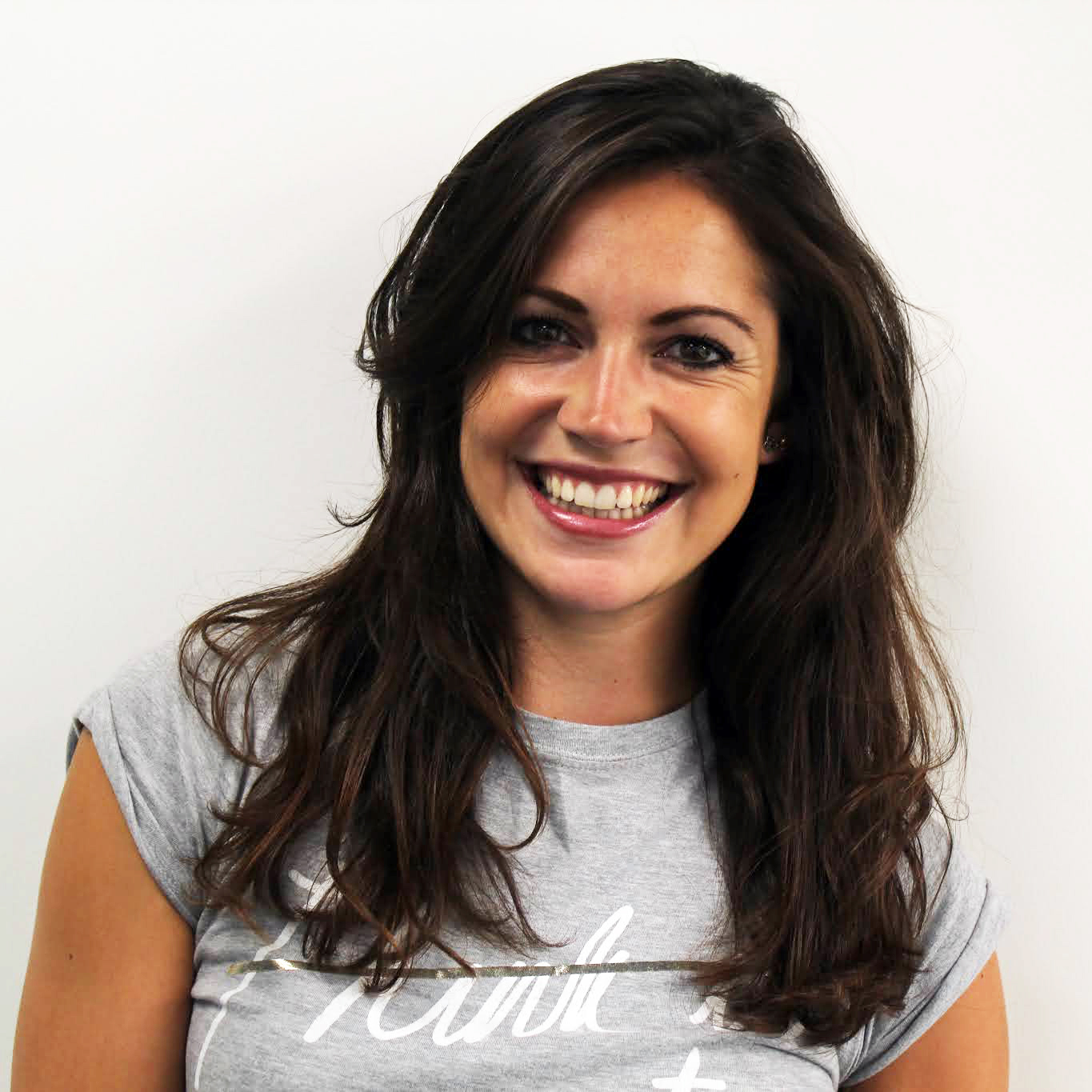What are compound exercises?
We asked an expert trainer to explain how compound exercises work and to list the ones you should be doing in your workout
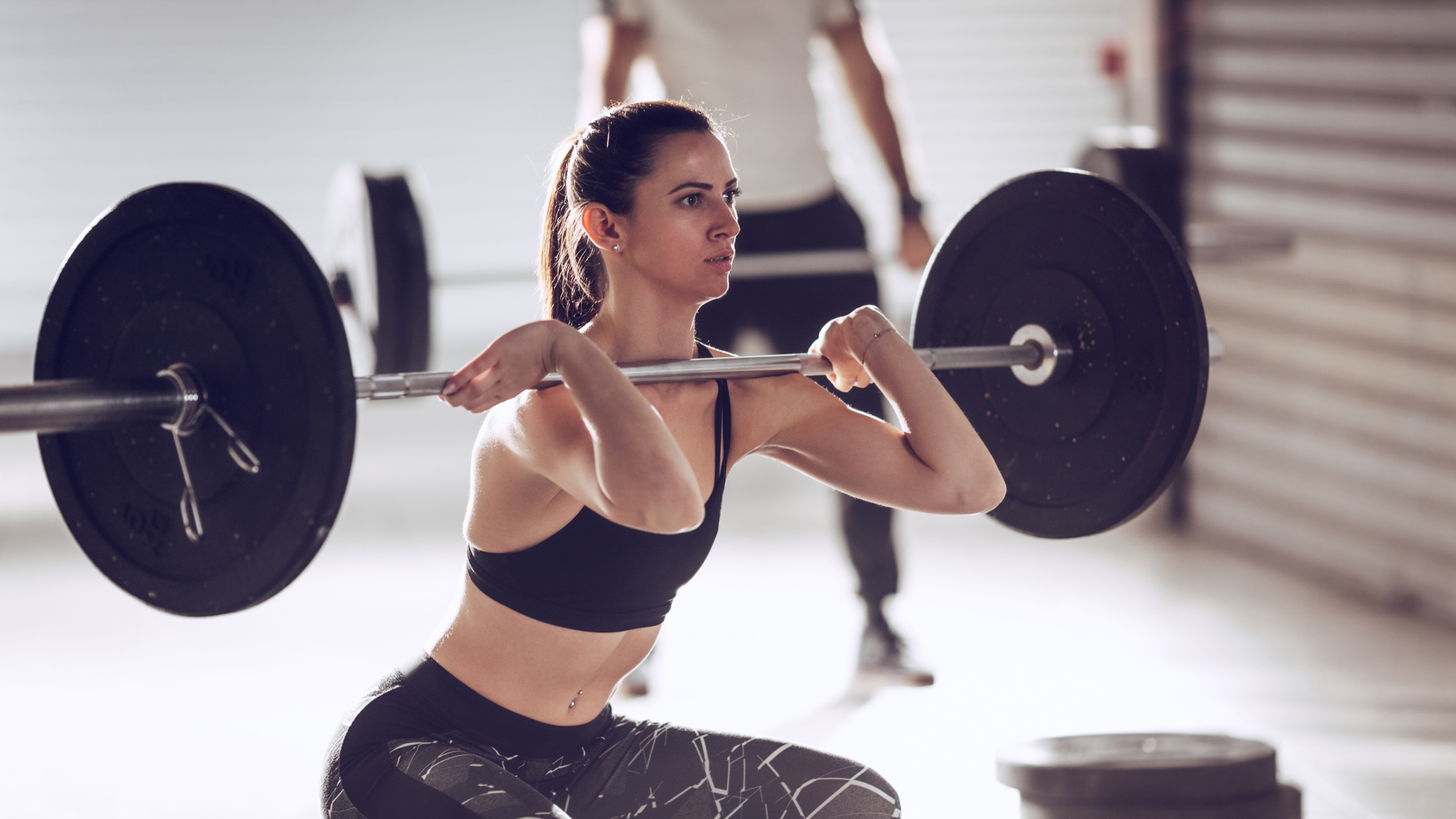

What are compound exercises? Essentially, they’re movements that target several muscle groups at once. Examples include squats, lunges, push-ups and burpees.
Because the exercises recruit a lot of different muscles, they’re useful if you’re short on time but want to build strength across your entire body. For example, burpees will help you strengthen your arms, chest, legs and shoulders.
While you can do compound exercises without equipment, adding something like a kettlebell or adjustable dumbbell to the move will ramp up the challenge to your muscles.
Not sure how to get started with compound exercises? We spoke to trainer Chelsea Labadini about how to incorporate these moves into your workout.

Chelsea Labadini is a qualified personal trainer with a level 3 personal training diploma. She educates women about results-based fitness and is passionate about dispelling fitness myths.
What are compound exercises?
Any movement that requires you to use more than one muscle group at a time is classed as a compound exercise. Deadlifts, bench presses, pull-ups and hip thrusts are all classed as compound exercise.
Compound vs isolation exercises
Isolation exercises focus on a specific muscle group, with little input from other muscles. Examples include sit-ups, which focus on the abs, and bicep curls, which strengthen your bicep muscles. These moves can be handy if you have weak muscles in one area, or muscle imbalances you need to address.
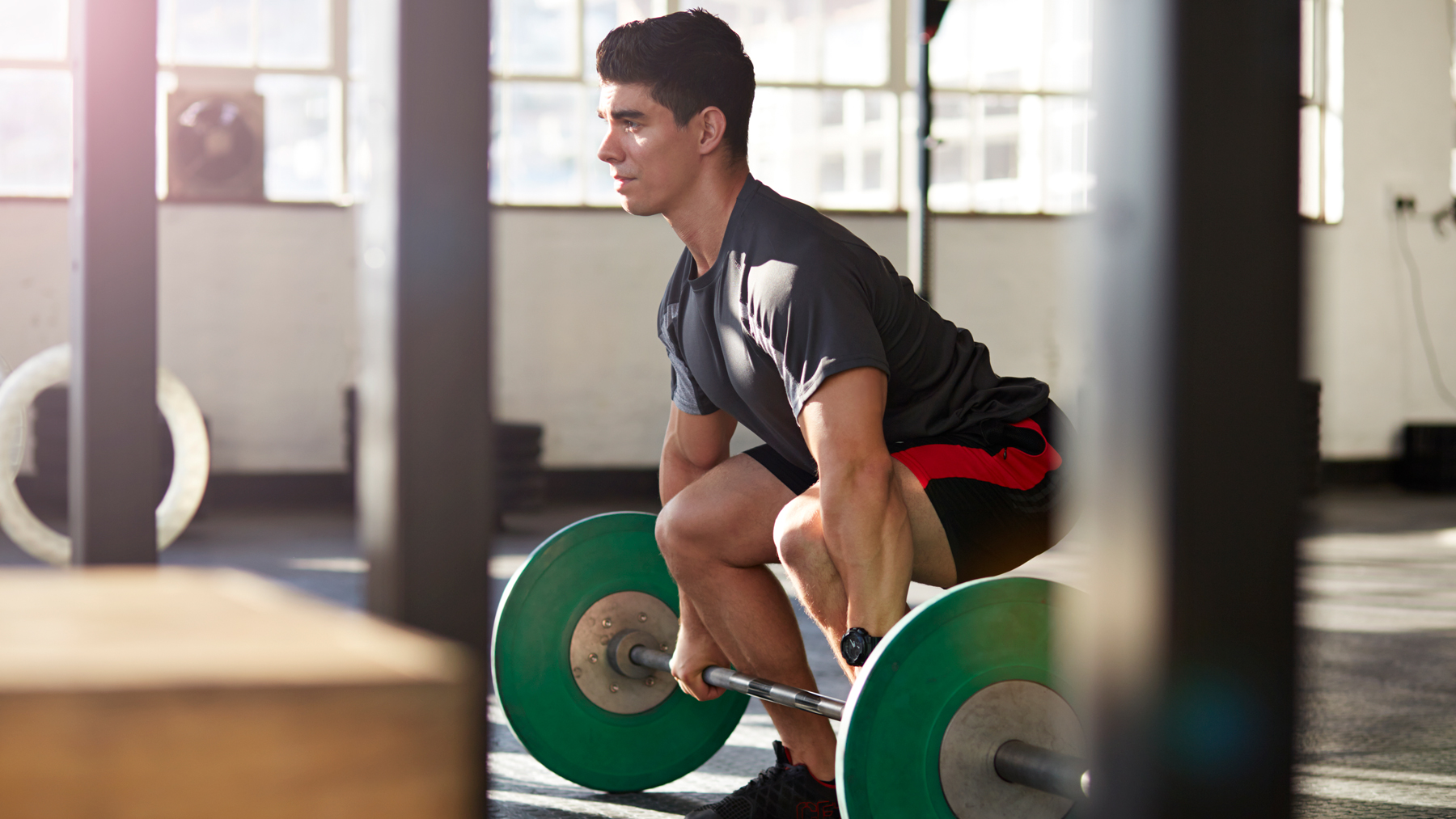
The benefits of compound exercises
They’re efficient
Start your week with achievable workout ideas, health tips and wellbeing advice in your inbox.
Labidini says the main benefit of compound exercises is that they’re efficient. They will help you build strength across a number of muscles, in a short space of time.
“The beauty of compound exercises is they work for everyone,” she adds. “As you get stronger and more confident with your form you can progress the exercise by increasing the weight or the amount of repetitions you do.”
They help you build functional strength
A lot of compound exercises reflect everyday movements. For example, a squat is a movement many of us do when we need to bend down and pick something up. Strengthening the muscles that support this movement can improve your day-to-day life.
They boost your cardio health and burn calories
There are also a number of cardio benefits offered by compound exercises. As these movements target multiple muscle groups, they challenge your body and elevate the heart rate, which works the cardiovascular system and burns calories.
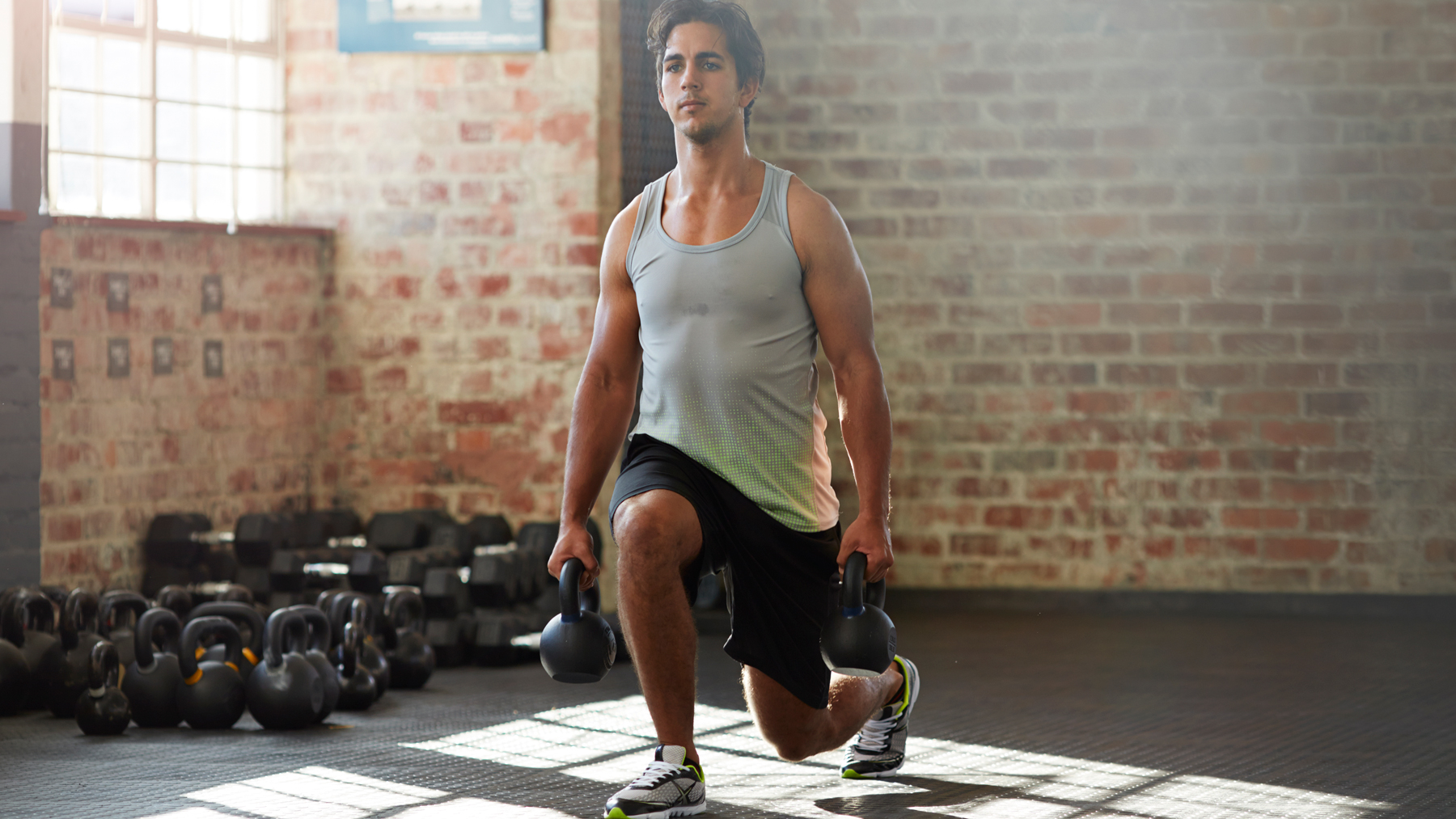
Do you need weights to perform compound exercises?
Put simply, no, you don’t have to use weights when performing compound exercises.
“If you are a beginner or have no access to equipment, then you can use your own body weight as resistance for compound exercises. This includes squats, lunges, split squats, press ups and pull ups,” says Chelsea.
To make the bodyweight compound exercises harder, Chelsea recommends doing as many repetitions as you can. Then rest and repeat so you have done at least three sets.
Five examples of compound exercises
“Perfect these beginner compound exercises, and you are good to go,” says Labadini. “These exercises are the foundation movement patterns in a good workout program no matter how experienced the person is.”
Squat

Stand with your feet slightly wider than hip-width apart, with a slight turn out in your toes. Take a breath in and brace your core, bend your knees and push your bum back, as if you were sitting down in a chair. As you come back up to standing, imagine pushing the heels of your feet through the floor. Exhale when you get back to standing.
You can use dumbbells or a barbell across your back for this move.
Press up
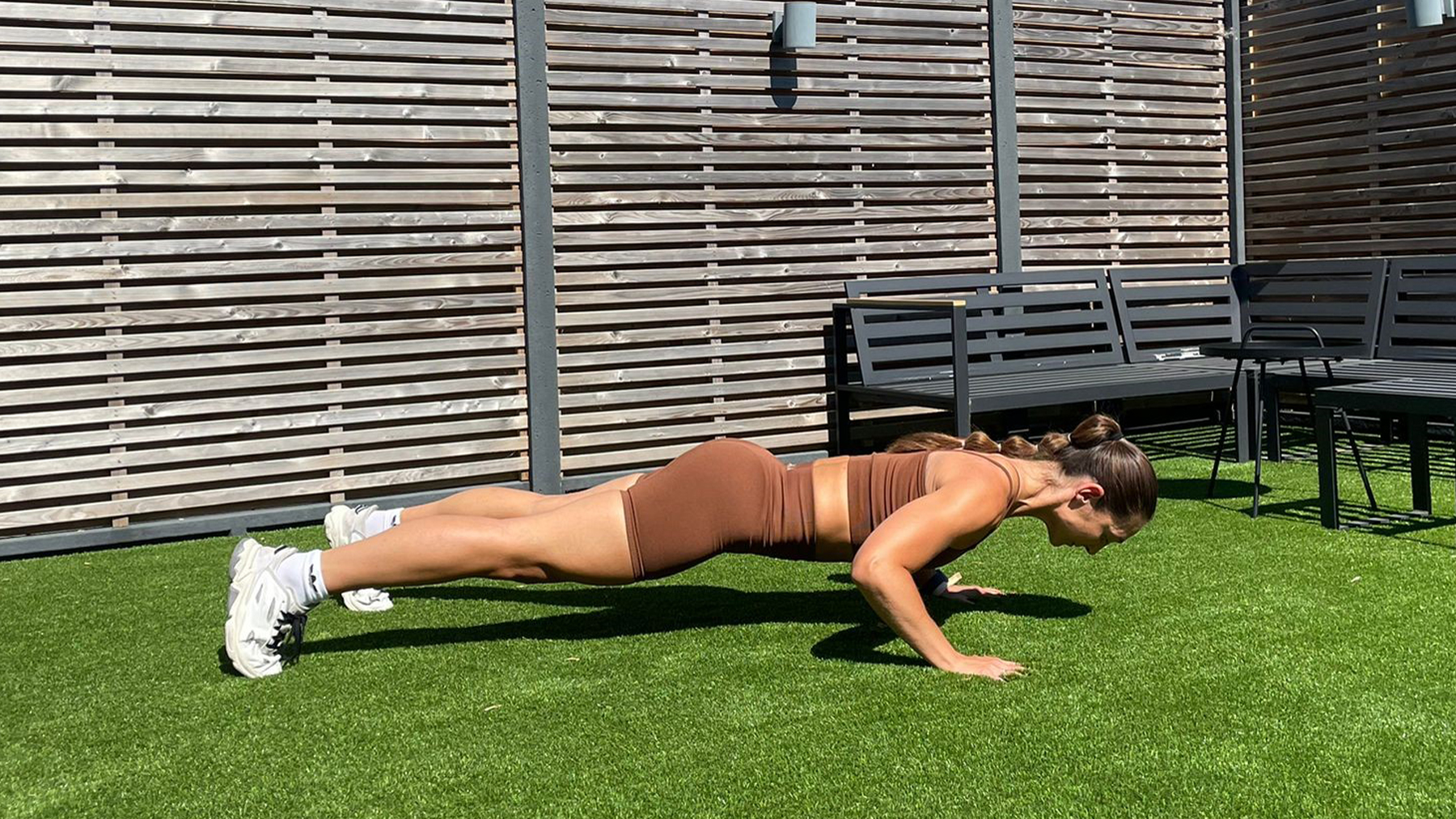
Start in a high plank position with your hands flat on the floor underneath your shoulders. Engage your glutes and your core. Bend your elbows and lower your chest down towards the floor. Exhale as you push up and imagine pushing the floor away.
Lunge
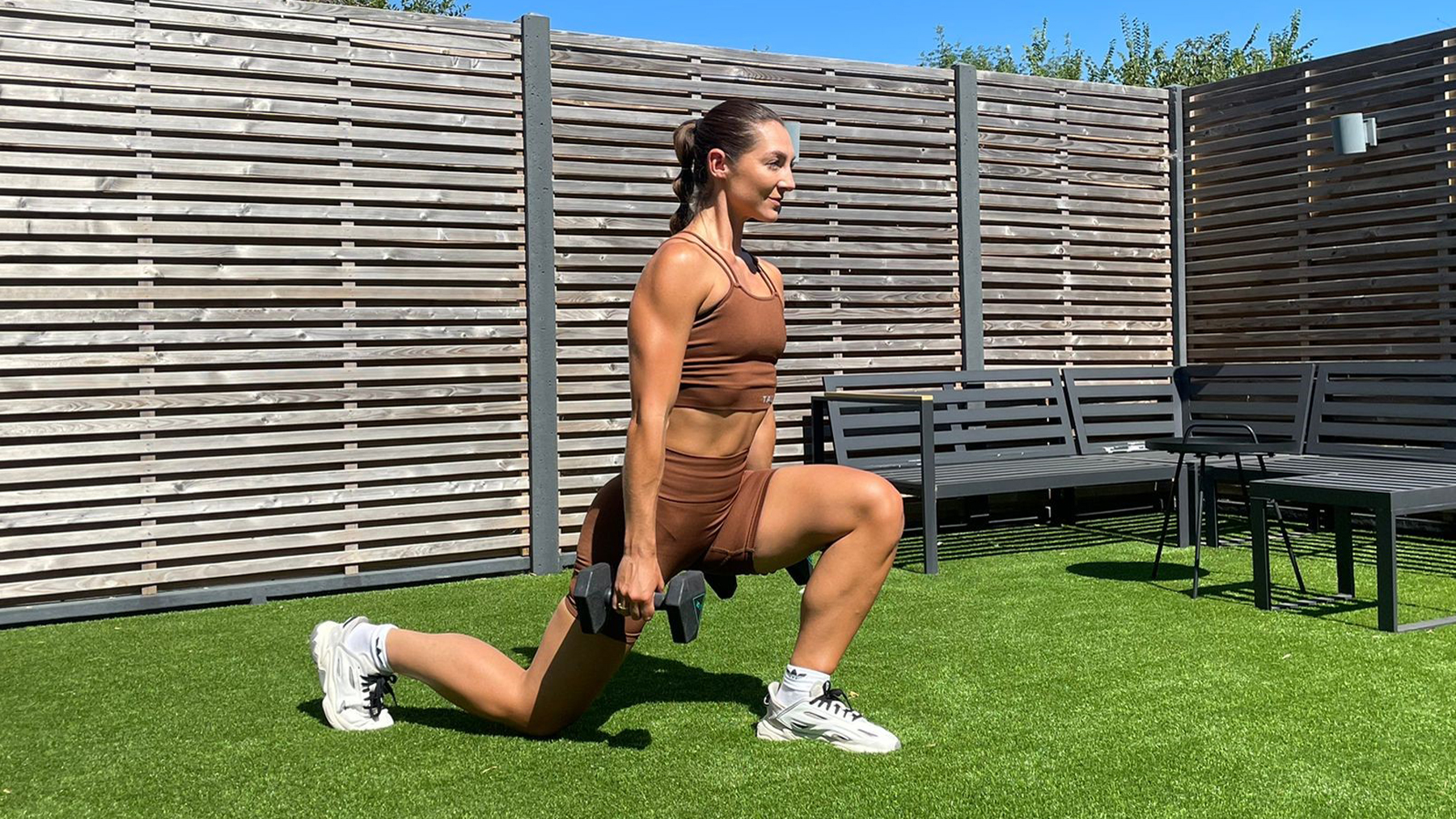
Start with feet about hip-width apart. You want most of the weight in the working leg (the one that stays static). Step one leg forward, keeping your core tight and shoulder blades together. Your back knee should hover just off the ground before you push up through your front heel and return to the start position.
Again, you can add dumbbells or a barbell for this move.
Bent over row
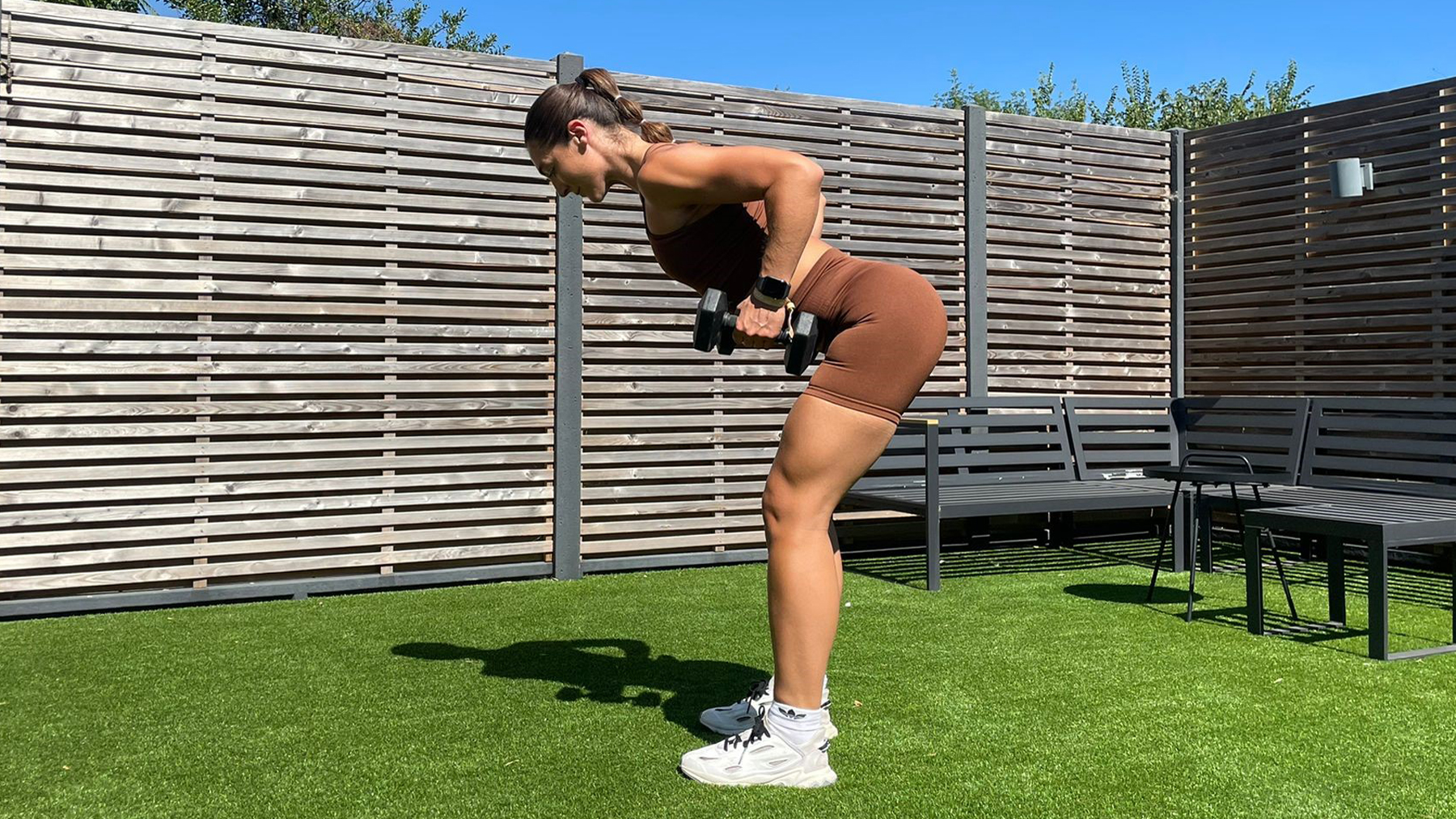
Hold a weight in each hand with your palms facing each other. Hinge at the hips, push your bum back and bring your torso so it’s roughly parallel to the floor or slightly above. Keep your spine neutral and drive your elbows back to lift your weights. Imagine putting the weight into your pocket as the elbows drive back then return to the starting position slowly.
Romanian deadlift
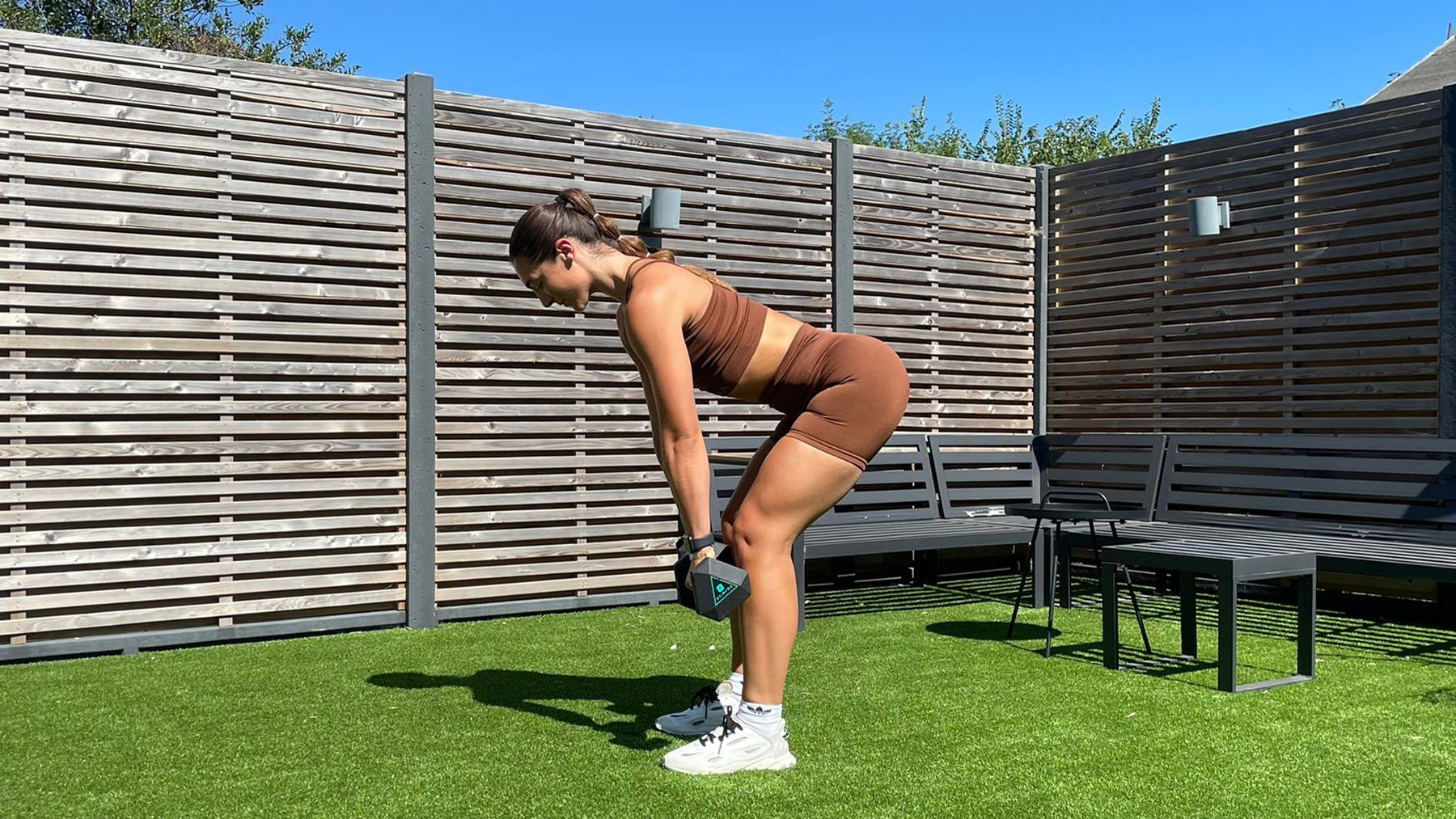
Start in a standing position with soft knees and a weight in each hand. Have your feet hip width apart. Hinge at the hips and imagine pushing your bum to the back of the room. As your bum goes back, lower the dumbbells towards the floor, keeping them close to your legs. The weights should stop about mid-shin height. Drive through your feet, pushing into your heels, to extend the hips and knees to return to standing.
Want more workout ideas? Have a go at this beginner’s bodyweight workout, or try this full body dumbbell routine.
Lucy is a freelance journalist specializing in health, fitness and lifestyle. She was previously the Health and Fitness Editor across various women's magazines, including Woman&Home, Woman and Woman’s Own as well as Editor of Feel Good You. She has also previously written for titles including Now, Look, Cosmopolitan, GQ, Red and The Sun.
She lives and breathes all things fitness; working out every morning with a mix of running, weights, boxing and long walks. Lucy is a Level 3 personal trainer and teaches classes at various London studios. Plus, she's pre- and post-natal trained and helps new mums get back into fitness after the birth of their baby. Lucy claims that good sleep, plenty of food and a healthy gut (seriously, it's an obsession) are the key to maintaining energy and exercising efficiently. Saying this, she's partial to many classes of champagne and tequila on the rocks whilst out with her friends.
